More than 700 coral colonies moved from Semakau Landfill
SINGAPORE — More than 700 coral colonies and other species such as Giant Clams have been successfully relocated from the lagoon at Semakau Landfill to the Sisters’ Islands Marine Park, as part of a move to convert the lagoon into a new landfill cell.
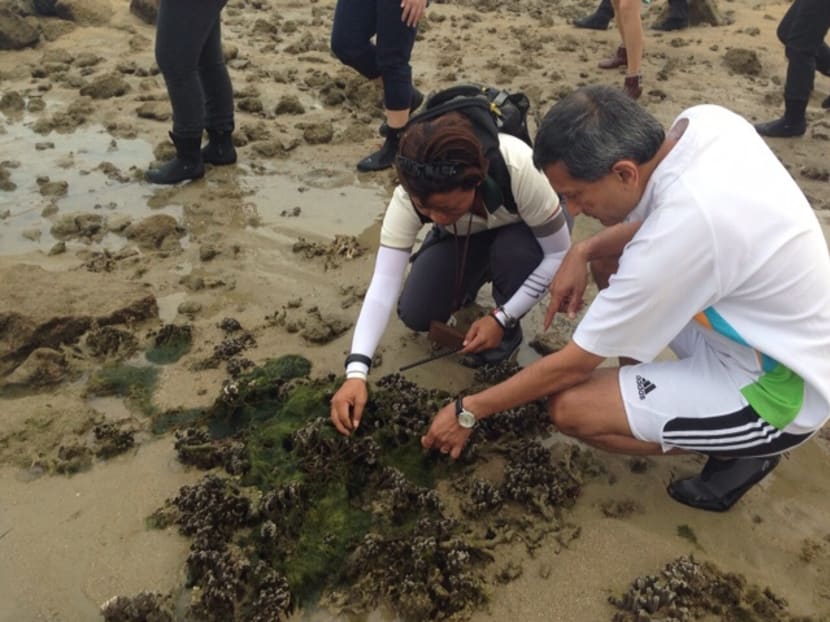
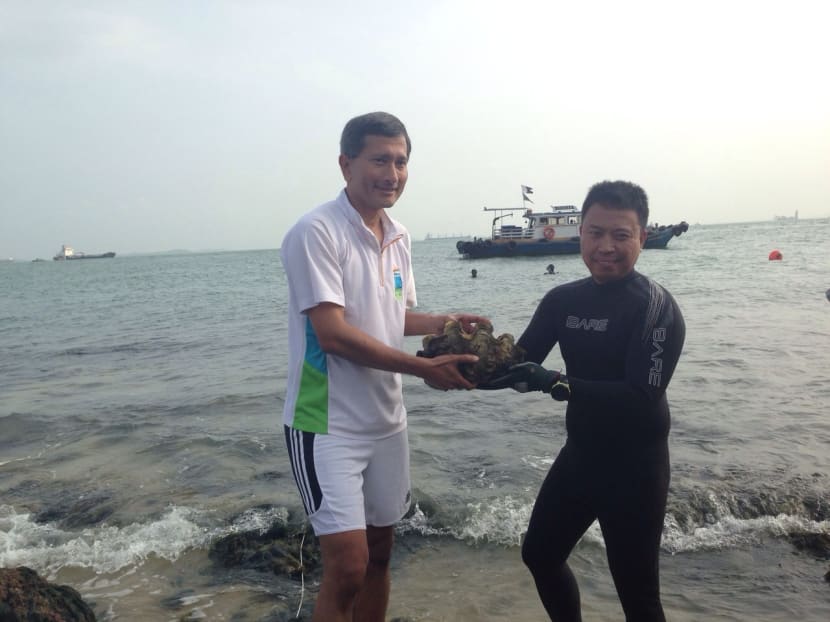
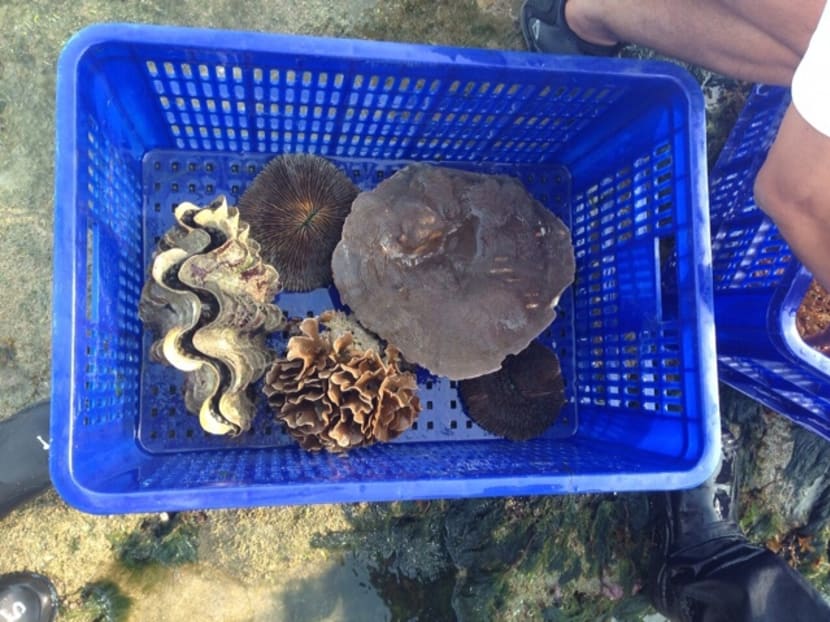

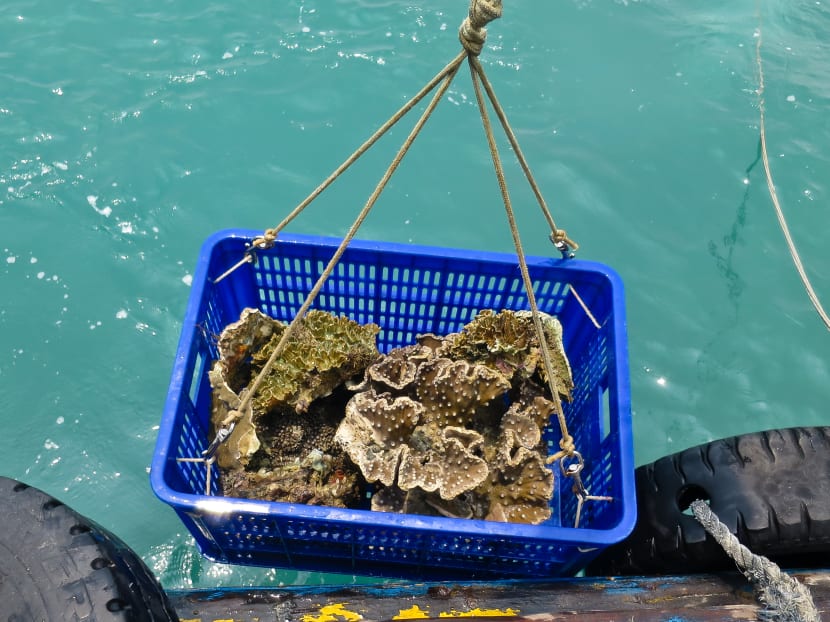
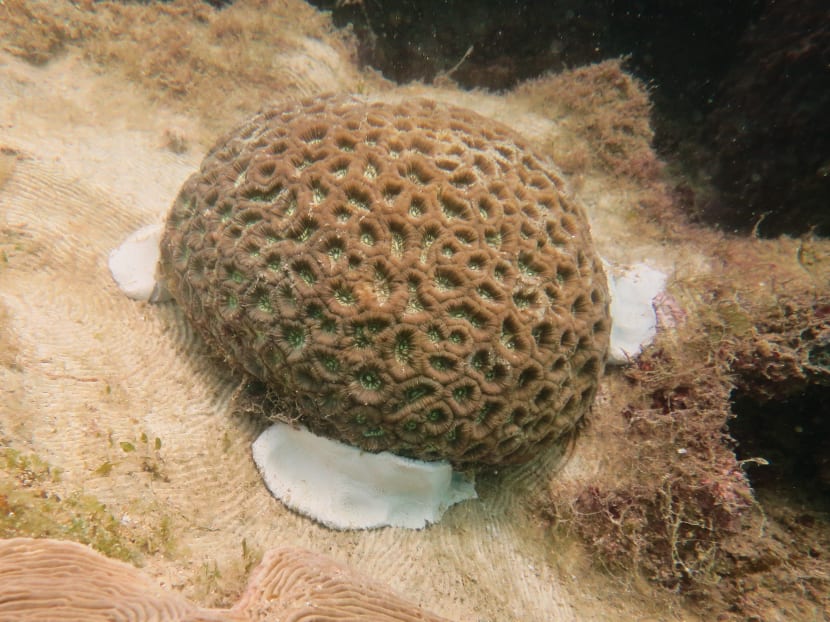
SINGAPORE — More than 700 coral colonies and other species such as Giant Clams have been successfully relocated from the lagoon at Semakau Landfill to the Sisters’ Islands Marine Park, as part of a move to convert the lagoon into a new landfill cell.
The coral relocation project — which took four months to complete and involved an estimated 60sqm of live coral cover — began in September last year. A gap at the southern tip of the lagoon at Semakau, where the corals were growing naturally, will be closed next to make room for a new landfill cell.
With Phase 1 expected to reach capacity by next year, this move is part of Phase 2 development work to help meet Singapore’s future waste disposal needs up to 2035 or beyond.
“There’s always going to be pressure on Singapore to conserve land, to use land, sometimes to reclaim land; that’s inevitable. But the other point is that ... it is possible if we make the effort and if we plan to conserve as much of our marine and, in fact, our terrestrial biodiversity as possible,” said Environment and Water Resources Minister Vivian Balakrishnan today (Jan 20) during a visit to the Sisters’ Island Marine Park for the coral transplantation.
“So all future developments will have to strike a right balance between using land in the most efficient, intensive way possible and preserving as much of our natural heritage as possible.”
An independent survey commissioned by the National Environment Agency (NEA) in March last year had recommended that 27 genera of corals be earmarked for transplantation, including several rare ones such as Polyphyllia and Heliofungia.
The agency subsequently called a tender for the coral relocation project.
During a routine dive to harvest the corals, marine biologists engaged by the NEA discovered the Neptune’s Cup Sponge, which was thought to be extinct since 1908.
First discovered in 2011, the sponge is the second to be found in Singapore waters. With the help of marine biologists from NParks’ National Biodiversity Centre, it was transplanted in waters near St John’s Island, next to the marine park at Sisters’ Islands.
Surveys will be carried out for nine months to monitor the health of the corals that have been relocated.






